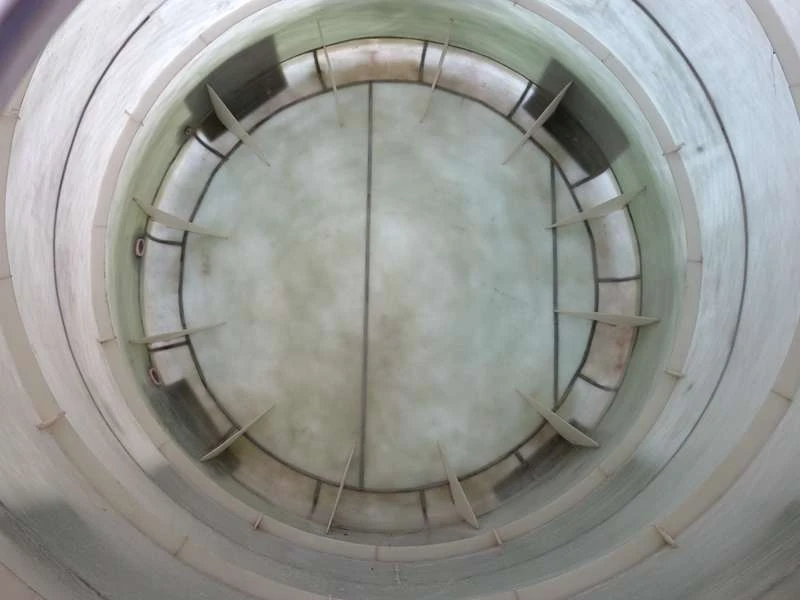
-
 Afrikaans
Afrikaans -
 Albanian
Albanian -
 Amharic
Amharic -
 Arabic
Arabic -
 Armenian
Armenian -
 Azerbaijani
Azerbaijani -
 Basque
Basque -
 Belarusian
Belarusian -
 Bengali
Bengali -
 Bosnian
Bosnian -
 Bulgarian
Bulgarian -
 Catalan
Catalan -
 Cebuano
Cebuano -
 China
China -
 China (Taiwan)
China (Taiwan) -
 Corsican
Corsican -
 Croatian
Croatian -
 Czech
Czech -
 Danish
Danish -
 Dutch
Dutch -
 English
English -
 Esperanto
Esperanto -
 Estonian
Estonian -
 Finnish
Finnish -
 French
French -
 Frisian
Frisian -
 Galician
Galician -
 Georgian
Georgian -
 German
German -
 Greek
Greek -
 Gujarati
Gujarati -
 Haitian Creole
Haitian Creole -
 hausa
hausa -
 hawaiian
hawaiian -
 Hebrew
Hebrew -
 Hindi
Hindi -
 Miao
Miao -
 Hungarian
Hungarian -
 Icelandic
Icelandic -
 igbo
igbo -
 Indonesian
Indonesian -
 irish
irish -
 Italian
Italian -
 Japanese
Japanese -
 Javanese
Javanese -
 Kannada
Kannada -
 kazakh
kazakh -
 Khmer
Khmer -
 Rwandese
Rwandese -
 Korean
Korean -
 Kurdish
Kurdish -
 Kyrgyz
Kyrgyz -
 Lao
Lao -
 Latin
Latin -
 Latvian
Latvian -
 Lithuanian
Lithuanian -
 Luxembourgish
Luxembourgish -
 Macedonian
Macedonian -
 Malgashi
Malgashi -
 Malay
Malay -
 Malayalam
Malayalam -
 Maltese
Maltese -
 Maori
Maori -
 Marathi
Marathi -
 Mongolian
Mongolian -
 Myanmar
Myanmar -
 Nepali
Nepali -
 Norwegian
Norwegian -
 Norwegian
Norwegian -
 Occitan
Occitan -
 Pashto
Pashto -
 Persian
Persian -
 Polish
Polish -
 Portuguese
Portuguese -
 Punjabi
Punjabi -
 Romanian
Romanian -
 Russian
Russian -
 Samoan
Samoan -
 Scottish Gaelic
Scottish Gaelic -
 Serbian
Serbian -
 Sesotho
Sesotho -
 Shona
Shona -
 Sindhi
Sindhi -
 Sinhala
Sinhala -
 Slovak
Slovak -
 Slovenian
Slovenian -
 Somali
Somali -
 Spanish
Spanish -
 Sundanese
Sundanese -
 Swahili
Swahili -
 Swedish
Swedish -
 Tagalog
Tagalog -
 Tajik
Tajik -
 Tamil
Tamil -
 Tatar
Tatar -
 Telugu
Telugu -
 Thai
Thai -
 Turkish
Turkish -
 Turkmen
Turkmen -
 Ukrainian
Ukrainian -
 Urdu
Urdu -
 Uighur
Uighur -
 Uzbek
Uzbek -
 Vietnamese
Vietnamese -
 Welsh
Welsh -
 Bantu
Bantu -
 Yiddish
Yiddish -
 Yoruba
Yoruba -
 Zulu
Zulu
Benefits and Applications of Fiberglass Grating in Modern Construction Solutions
Understanding Fiberglass Grating A Comprehensive Overview
Fiberglass grating, a vital component in various industrial applications, has gained popularity due to its unique properties and advantages. Made from composite materials, fiberglass grating offers a range of benefits that make it an ideal choice for various environments, especially those prone to corrosion, heavy traffic, and harsh chemicals.
Composition and Manufacturing
Fiberglass grating is primarily composed of fiberglass reinforced plastic (FRP), which is created by combining glass fiber with a polymer resin matrix. This manufacturing process involves layering fiberglass strands within a resin, creating a durable and versatile material. The resulting composite material is not only strong but also lightweight, making it easier to install compared to traditional materials like steel or aluminum.
The manufacturing of fiberglass grating can be tailored to meet specific needs. It is available in different types, including molded grating and pultruded grating. Molded grating is created by using a mold to form the grating shape, while pultruded grating is made by continuously pulling resin-saturated fibers through a heated die. Both methods result in grating that is robust and can be customized in various sizes, shapes, and colors.
Advantages of Fiberglass Grating
1. Corrosion Resistance One of the most significant advantages of fiberglass grating is its high resistance to corrosion. Unlike steel, which can rust when exposed to moisture and chemicals, fiberglass grating remains impervious to many environmental conditions, making it particularly suitable for chemical processing plants, wastewater treatment facilities, and marine applications.
2. Lightweight yet Strong Despite its lightweight nature, fiberglass grating possesses impressive strength. It can support heavy loads while being lighter than traditional materials, allowing for easier handling and installation. This characteristic is particularly beneficial in situations where weight restrictions are a concern.
fiberglass grating

3. Low Maintenance Fiberglass grating requires minimal maintenance compared to metal alternatives. It does not require painting or special coatings to maintain its integrity, reducing long-term costs and labor associated with upkeep.
4. Safety Features Many fiberglass grating products are designed with safety in mind. They often feature slip-resistant surfaces, making them ideal for areas where moisture or spills are common. Additionally, they can be made with options for increased visibility, such as fluorescent colors or added reflective materials.
5. Versatility Fiberglass grating is versatile and can be used in a myriad of applications. From industrial platforms, walkways, and stair treads to catwalks and flooring in high-traffic areas, its applications are extensive. It is used across industries including petrochemical, food processing, pulp and paper, and water treatment.
Environmental Considerations
In today’s world, sustainability is a growing concern. Fiberglass grating can contribute to environmentally friendly practices as it is often manufactured using resins that are low in volatile organic compounds (VOCs). Furthermore, it has a long lifespan, reducing the need for frequent replacements and resulting in lower material waste over time.
Conclusion
In summary, fiberglass grating is a reliable, safe, and versatile material that stands out in a multitude of industrial applications. Its resistance to corrosion, lightweight strength, low maintenance needs, and safety features make it an attractive choice for businesses seeking durable flooring solutions. As industries continue to search for materials that combine efficiency with sustainability, fiberglass grating is positioned to play a significant role in the future of construction and manufacturing. Whether for new projects or upgrades to existing structures, incorporating fiberglass grating can enhance performance while addressing the challenges posed by demanding environments.









